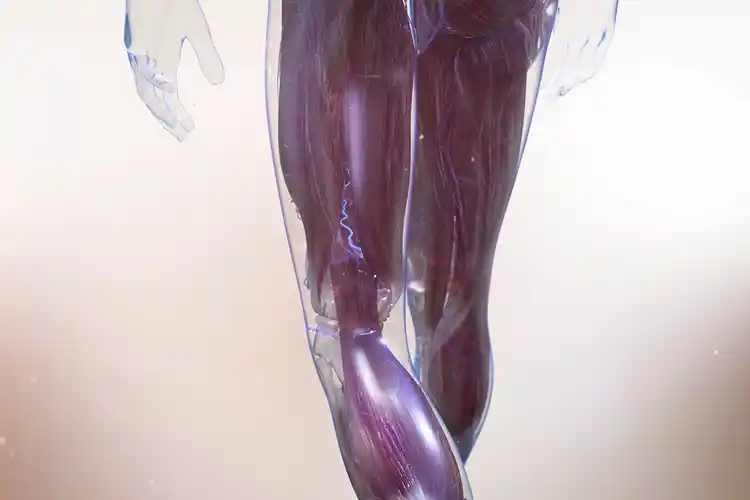Deep Vein Thrombosis

Hide Video Transcript
Video Transcript
[MUSIC PLAYING]
All our veins have small valves powered by the muscles around them. They keep blood moving toward the heart, instead of flowing backward inside veins. But sometimes the wall of a blood vessel can become damaged. Blood flow can be too slow or you can have problems with your blood clotting. This combination of problems can result in a DVT.
As the clot grows larger, it can break off from the vessel's wall, and start to travel through the bloodstream. If a blood clot travels to the lungs, it can get stuck in the blood vessels there, and block blood flow. This is called a pulmonary embolism. It's a serious medical problem.
DVT can happen after you've had surgery, when you're taking certain medicines, or you have to sit still for a long time. If you think you have symptoms, get medical help as soon as possible.
SPEAKER
Swelling and pain in one of your legs, skin that looks red or discolored, and feels warm-- these symptoms can be caused by a blood clot in a vein deep inside your body, usually in one of your legs. It's called deep vein thrombosis, or DVT. All our veins have small valves powered by the muscles around them. They keep blood moving toward the heart, instead of flowing backward inside veins. But sometimes the wall of a blood vessel can become damaged. Blood flow can be too slow or you can have problems with your blood clotting. This combination of problems can result in a DVT.
As the clot grows larger, it can break off from the vessel's wall, and start to travel through the bloodstream. If a blood clot travels to the lungs, it can get stuck in the blood vessels there, and block blood flow. This is called a pulmonary embolism. It's a serious medical problem.
DVT can happen after you've had surgery, when you're taking certain medicines, or you have to sit still for a long time. If you think you have symptoms, get medical help as soon as possible.
